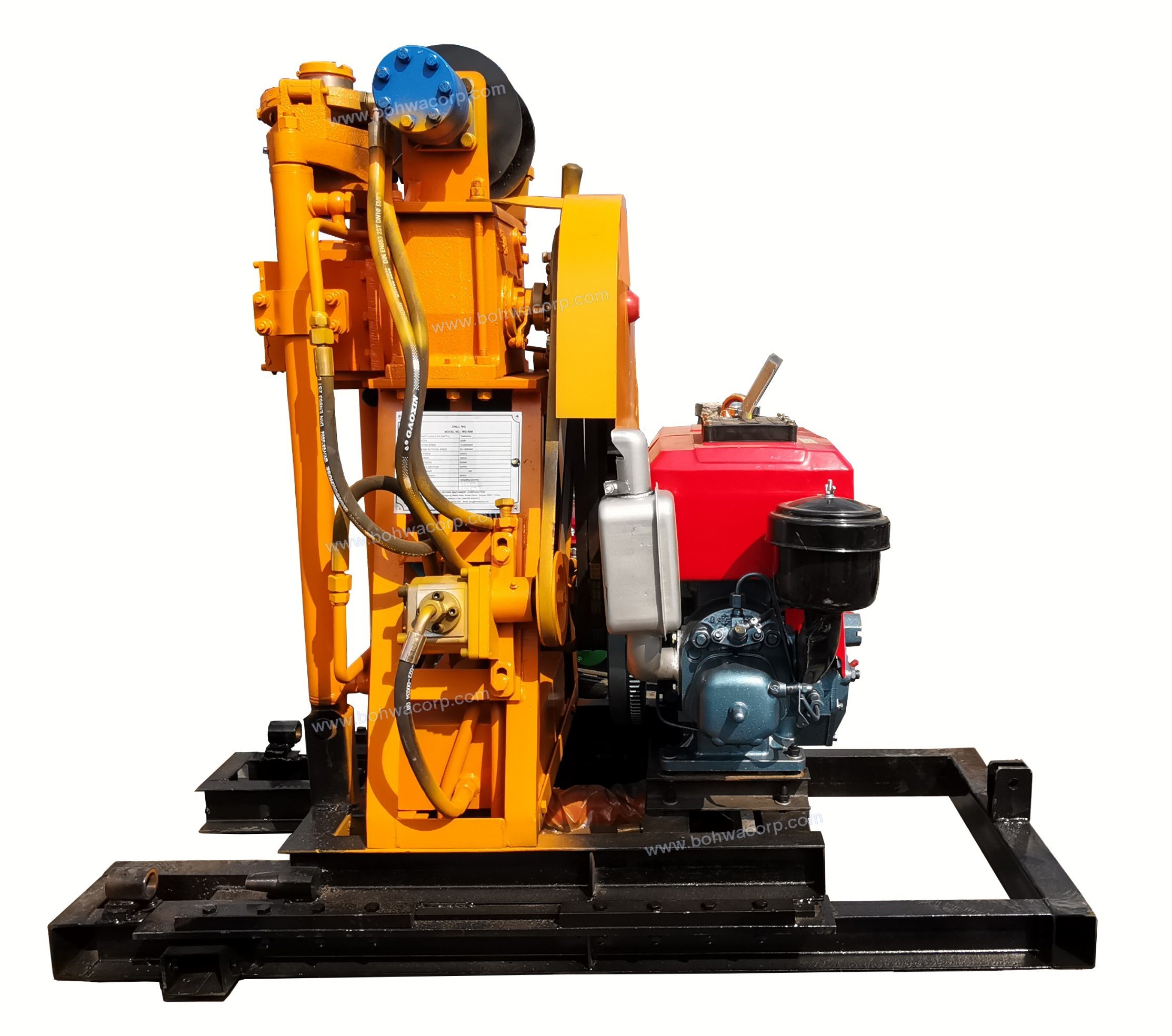A power drill, a seemingly straightforward tool, becomes a source of frustration when it refuses to perform its primary function—making a hole. If you find yourself asking, Why is my drill not making a hole? fear not; this comprehensive guide delves into potential issues, their solutions, and proactive measures to ensure a seamless drilling experience.
1. Power Source Predicaments:
The first checkpoint in unraveling the mystery of a non-performing drill is the power source. Ensure that the drill is adequately powered, whether it's a corded drill connected to a functional outlet or a charged battery for cordless models. Weak power sources can hinder the drill's ability to generate sufficient torque for effective drilling.
2. Blunt or Incorrect Drill Bit:
A blunt or mismatched drill bit can significantly impede the drilling process. Verify that you are using the appropriate drill bit for the material at hand, be it wood, metal, or masonry. Dull bits should be replaced or sharpened to ensure optimal cutting efficiency.
3. Chuck Grip Woes:
A loose or improperly gripped drill bit in the chuck can result in inadequate rotation, rendering the drill incapable of making a hole. Tighten the chuck securely, ensuring a firm grip on the bit. Regularly inspect the chuck for signs of wear and tear, as a damaged chuck can compromise the tool's functionality.
4. Overloading and Binding:
Attempting to drill through materials beyond the drill's capacity or encountering resistance during drilling can lead to overloading and binding. This strain not only diminishes performance but can also damage the drill. Adjusting the drill settings, applying steady pressure, and choosing the appropriate drill speed mitigate these issues.
5. Inspecting the Motor and Gear Mechanism:
A malfunctioning motor or gear mechanism can be a hidden culprit behind a drill's inability to make a hole. Listen for any unusual noises, check for smoke or burning smells, and inspect the gear housing for visible damage. If these signs are present, it may be time to consult a professional for repairs or consider a replacement.
6. Corded Drill Cord Issues:
For corded drills, a damaged or frayed power cord can disrupt the flow of electricity and impede the drill's performance. Regularly inspect the cord for any signs of wear, and if issues are detected, replace the cord promptly to ensure a consistent power supply.
7. Battery Health for Cordless Drills:
Cordless drills rely on batteries, and their health directly impacts performance. Ensure that the battery is fully charged and in good condition. If the drill struggles to hold a charge or exhibits erratic behavior, it might be time to replace the battery.
Conclusion:
A drill refusing to make a hole is a vexing situation, but armed with a systematic approach to troubleshooting, you can identify and address the underlying issues. From power source checks to meticulous inspections of drill components, this guide empowers users to diagnose and resolve problems, ensuring that your drill once again becomes a reliable ally in your projects. Remember, a silent drill doesn't have to signify defeat—it's an opportunity to delve into the intricacies of your tool and emerge with a solution.


